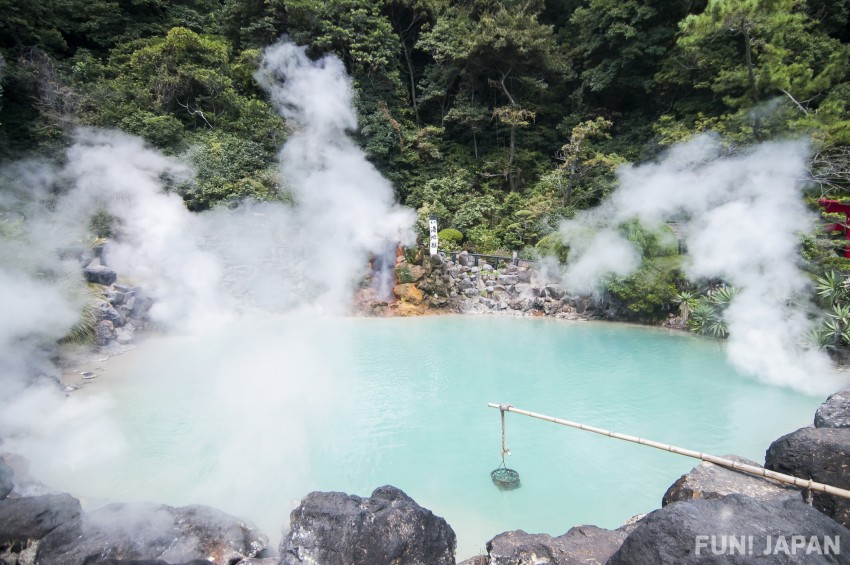
There is a total of 47 prefectures in Japan.
Just as the townscapes, activities, and gourmet foods differ from region to region, the characteristics of local people also vary. In this series, we will delve into the local circumstances of each prefecture by introducing attractions and local people's tidbits.
This time, we will focus on Oita Prefecture in the Kyushu region. Let's learn together about Oita, the number one hot spring prefecture in Japan, with famous hot springs such as Beppu Onsen and Yufuin Onsen!
Oita is the number one hot spring prefecture in Japan! There are even people who enjoy hot springs every day with their own hot spring at home, and also Jimosen!
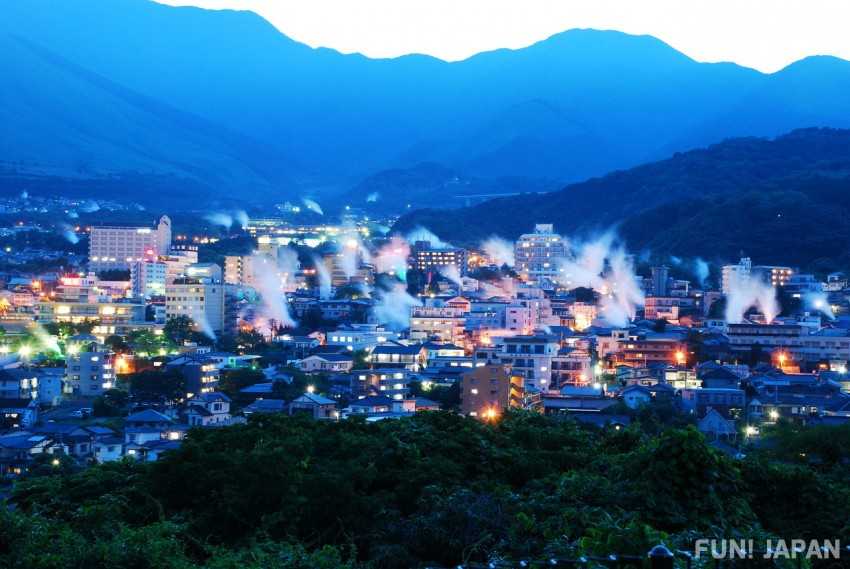
When it comes to Oita Prefecture, it is a well-known hot spring prefecture. Incredibly, hot springs are found in almost all areas (16 cities, towns, and villages) within the prefecture, making it the top hot spring destination in Japan in terms of both "number of hot sprung sources" and "discharge volume of water".
In famous hot spring areas such as "Beppu" and "Yufuin", there are foot baths, hot spring inns, and hot spring tour spots all over the town, and even tourists can easily enjoy the hot springs, but for the locals, that's just the beginning.
Here, we introduce how the hot spring-loving people of Oita Prefecture enjoy their hot springs.
Is it normal to take a hot spring bath every day⁉ There are also daredevils who purchase or rent residences with hot springs to enjoy hot springs at home

Beppu, a representative hot spring town in Oita. There are eight hot springs known as "Beppu Hatto" (8 hot water of Beppu) within the Beppu City, and you can see the sight of steam rising from the hot spring water flowing in the roadside gutters everywhere.
It's not uncommon for citizens to take a hot spring bath every day, and among the locals, there are families who apply for the so-called "*hot spring rights" (the right to draw hot spring water) and draw hot springs into their home baths, and people who choose "properties with hot springs" when looking for a house!
A property with a hot spring is a property that has hot spring rights and facilities in place when rented or purchased, and can use the hot spring as it is. Generally, there are two types: a communal bath type where multiple dwellings share one bath, and a private hot spring type where only one dwelling uses the bath. The communal bath type is common in rental properties, while the private hot spring type is common in detached houses.
By the way, hot springs come out of a faucet separate from the general water supply, so there is a separate usage fee, but it is often a flat rate, and because you don't need water and gas charges to heat the bath, it can also save on utility bills. It may seem luxurious, but the merit from such investment may be another reason for its popularity.
Casual hot spring communication! True hot spring enthusiasts frequent local hot springs
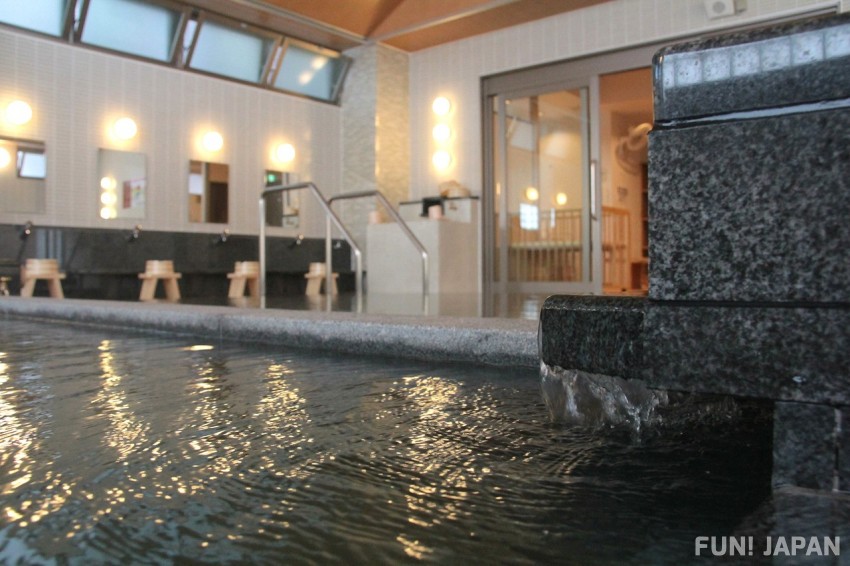
In Oita, the hot spring kingdom, there has been a "Jimosen" culture since ancient times. Jimosen refers to "communal hot springs that local people can use at a low cost" (from 地元の人 / jimoto no hito - 'local people', and onsen), with usage fees as low as 100 to 300 yen, and some facilities can even be used for free!
The charm of Jimosen is that each hot spring has a different quality, and there are facilities that can be reserved for private use with advance reservations, membership-based communal baths such as "Union Member Exclusive Bath", and facilities where you can take home the water from the very source of the hot spring (however, be careful as the water from the source is super hot, like 90 degrees...).
Jimosen, frequented by deep hot spring lovers and locals, is indeed a place for citizens to interact and relax, unique to the hot spring prefecture.
One of the Beppu Hatto, the "Kannawa Onsen Area", known for its hell steaming and steam, is actually a sacred place for Jimosen. If you're staying in Oita, why not try Jimosen and experience the traditional hot spring culture?
※In addition to the right to draw hot spring water, there are various hot spring rights, such as the "Yuguchi right" (right of hot water surface area) necessary for drawing up hot spring water, and the "Bunyu right" (right to share hot water) to get a share of hot spring water from those with the right to draw water.
Famous for its fried chicken! Pay attention to specialty stores in sacred places like Nakatsu and Usa, and ippon-age in Takeda and Saiki!
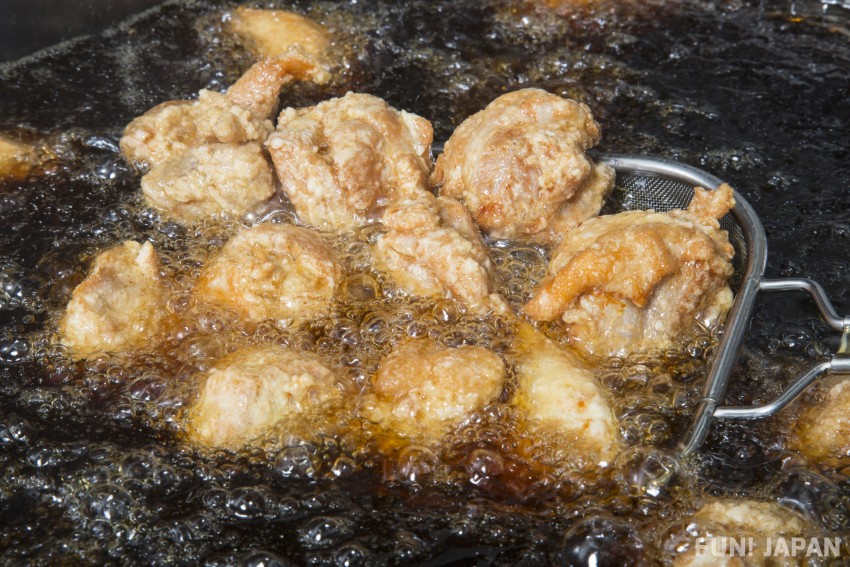
Kyushu is well known nationwide for its high consumption of chicken, but among them, the people of Oita Prefecture love chicken!
According to the Ministry of Internal Affairs and Communications' household survey announced in 2023, Oita City was the number one in Japan last year in terms of the amount of chicken purchased and consumed per household. This shows how deeply chicken is rooted in their daily meals.
There are various local dishes using chicken in Beppu City, including chicken tempura, but fried chicken, known in Japan as karaage (lit. Tang's fried), is especially indispensable for the dining table!
In the northern part of the prefecture, there are cities such as Nakatsu City, which is famous as a "sacred place for karaage", and Usa City, which is known as the birthplace of karaage, and there are many fried chicken specialty stores in the city.
Kara-age or fried chicken, which is thoroughly seasoned with a sauce based on soy sauce, garlic, and ginger and then fried, is juicy and goes well with rice, making it a staple dish at local dining tables and large events and gatherings, and in recent years, popular stores have even expanded to the Kanto and Kansai regions. Each specialty store is particular about the taste of the sauce, and because the taste is completely different for each store, it is characteristic that the specialty store used varies in each household.
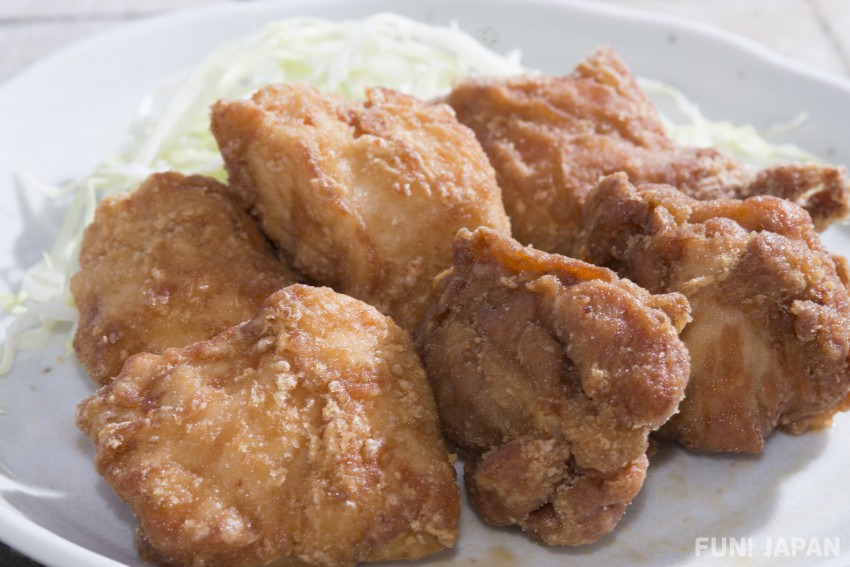
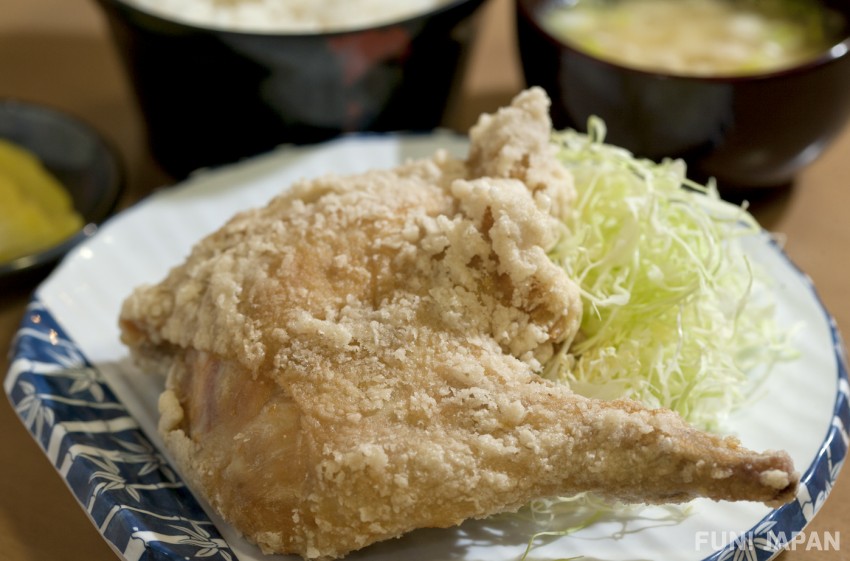
In contrast, in Saiki City in the south of the prefecture and Taketa City in the west, the salt-based "Ippon-age" is famous.
"Ippon-age" is a dish where large pieces of meat such as "wings" or "thighs" are seasoned with garlic and spices and fried without batter. Unlike bite-sized karaage, it is voluminous and the crispy skin is addictive. The "Niku no Jonan" in Saiki City is particularly famous, but there are many other specialty stores, and the seasoning varies from store to store, so please try various ones and find your favorite!
Oita Prefecture has many unique national number ones, from the number of tunnels to the production of Kabosu!
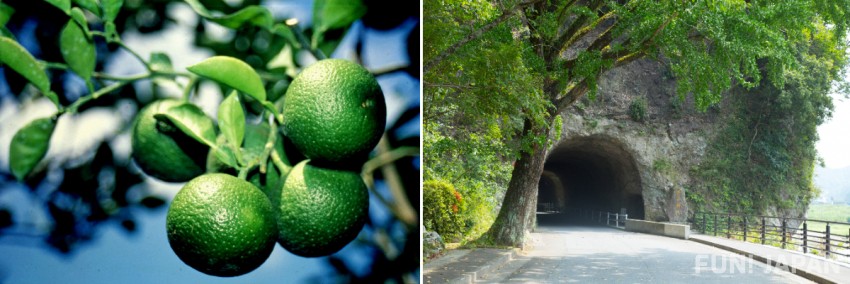
It may not be widely known, but there are actually many things in Oita Prefecture that are considered the best in Japan. Here, we will introduce just a few of the things that Oita Prefecture takes pride in being number one in Japan.
For the people of Oita Prefecture, Kabosu is something 'you receive, not buy'
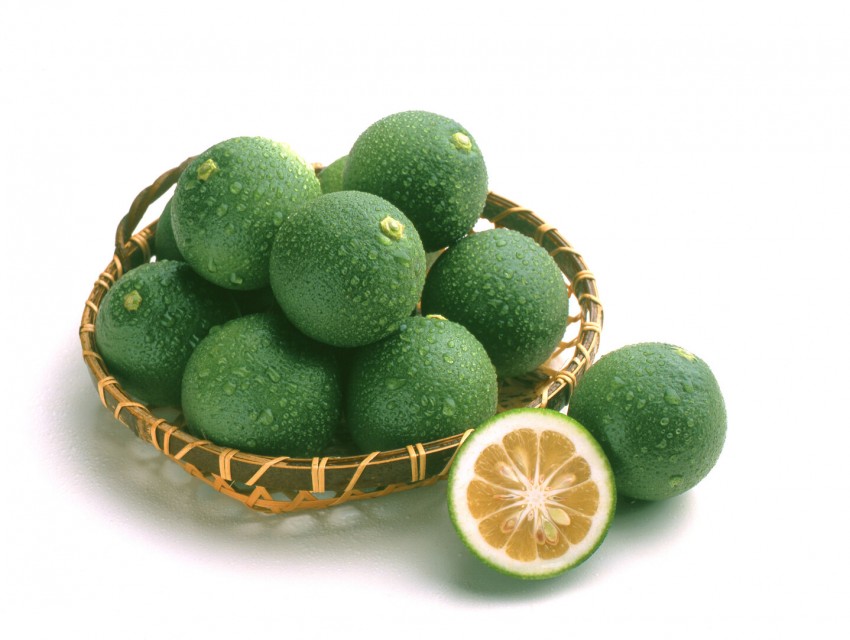
One of the things that Oita is proud to be the best in Japan is the production of the citrus fruit, Kabosu. It is a major production area that accounts for more than 90% of domestic production. Its history is said to have started when it was cultivated for medicinal purposes in Usuki City during the Edo period (1603-1868). Today, the main production areas in the prefecture are Usuki City, Taketa City, and Bungo-Ono City.
For the locals around the production area, Kabosu is something you "receive from your neighbors, not something you buy". It is an indispensable ingredient for the dining table, not only for drizzling its juice on local specialties such as Toriten (tempura-style fried chicken), Karaage (Japanese fried chicken), and grilled Shiitake mushrooms, but also for mixing it with sashimi soy sauce as a condiment, adding it to Dango soup*, drizzling its juice over curry, making Kabosu sweets and cakes as a substitute for oranges and lemons, making it into juice, and even drizzling its juice on other fruits like pears to eat (!). It seems that the love for Kabosu is quite strong overall.
*A local dish made by kneading wheat flour, stretching it thinly into a band shape, and cooking it with vegetables and meat in a soup made with miso or white miso
Believe it or not, Oita has more tunnels than Hokkaido! Oita, a sacred place for mountain lovers

Another record held by Oita Prefecture is the number of tunnels. About 70% of the prefecture is mountainous, and in the south of the prefecture, there is one of Japan's leading ria coastline formations. Due to these geographical features, there are actually more tunnels in Oita than in Hokkaido.
The total area of Hokkaido is 83,454 km, which is about one-fifth of the entire country, while the total area of Oita Prefecture is 6,341 km², ranking 22nd in the country. Despite such a huge difference in area, Oita is the top in the country with 596 tunnels, far exceeding the 505 tunnels in Hokkaido (including Sapporo City).
Among them, the most famous is the Ao no Doumon Tunnel in Yabakei, Nakatsu City. This is a tunnel that was hand-dug by Zenkai, a Buddhist monk, to make it safe to pass through a place that was once a difficult point. Some of it is still preserved today, and you can walk inside. By the way, Yabakei is a famous spot for autumn leaves, representing Oita in the fall.

Actually, Ramen is also a specialty! Saiki Ramen, which is completely different from Hakata Ramen even with pork bone soup
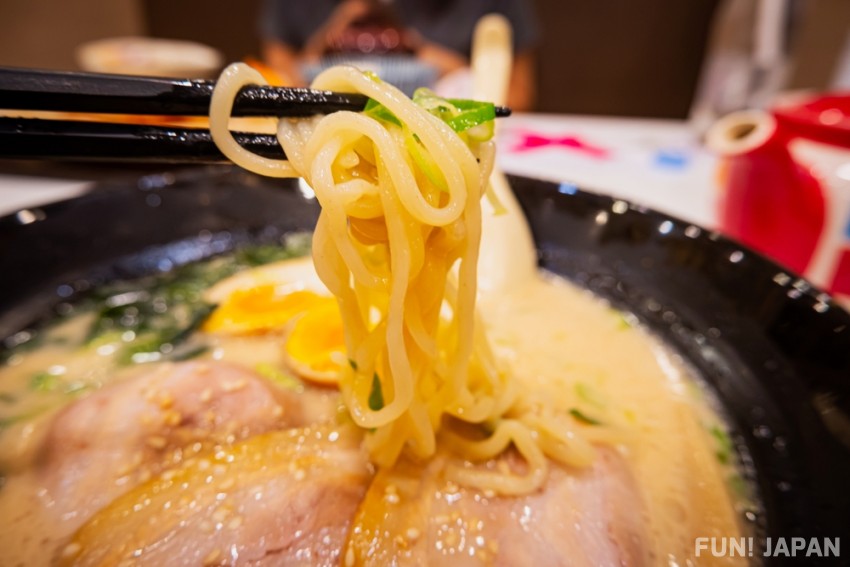
When it comes to Kyushu, it's all about Tonkotsu Ramen! There are delicious local ramens in various places, such as Hakata Ramen, Kurume Ramen, Kumamoto Ramen, and in Oita, there is a Tonkotsu Ramen called "Saiki Ramen".
The feature of Saiki Ramen is the salty, rich soup of soy sauce and pork bone (tonkotsu), and the medium-thick straight noodles that go well with it. The combination of Hakata Ramen's thin noodles like needles and light soup, Kumamoto Ramen with a strong garlic flavor, and the taste different from the ramen in Oita city will become addictive.
There are more than 50 Saiki Ramen shops in the city, and it's so popular that ramen maniacs visit for food tours. The unique Tonkotsu Ramen culture was born due to the fact that Saiki City is located at the southeastern end of Oita Prefecture and it was difficult to access from within the prefecture, and because there were many people engaged in shipbuilding and fishing in the port town facing the Pacific Ocean, it is said that a soup with a strong salty flavor, even with a Tonkotsu base, was preferred, which may have led to its creation.
The holy land of Oita's local ramen, Saiki City. It's also an area known for delicious seafood, so why not visit when traveling in Oita?

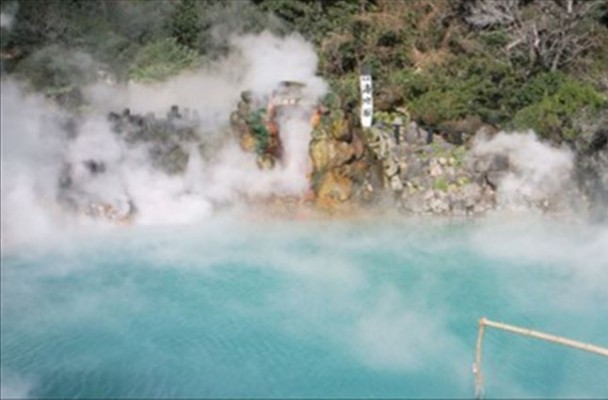

Comments